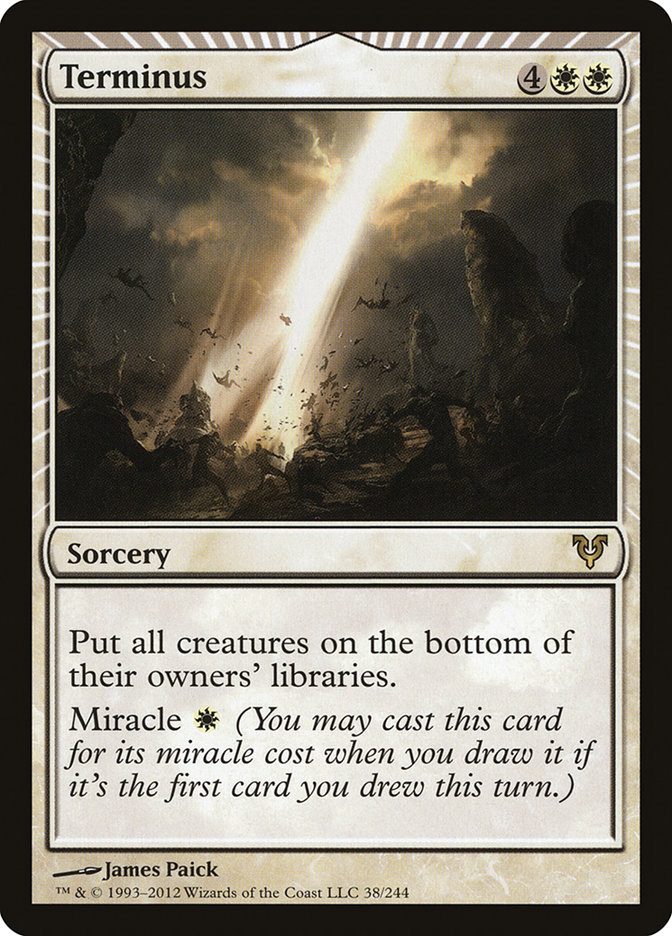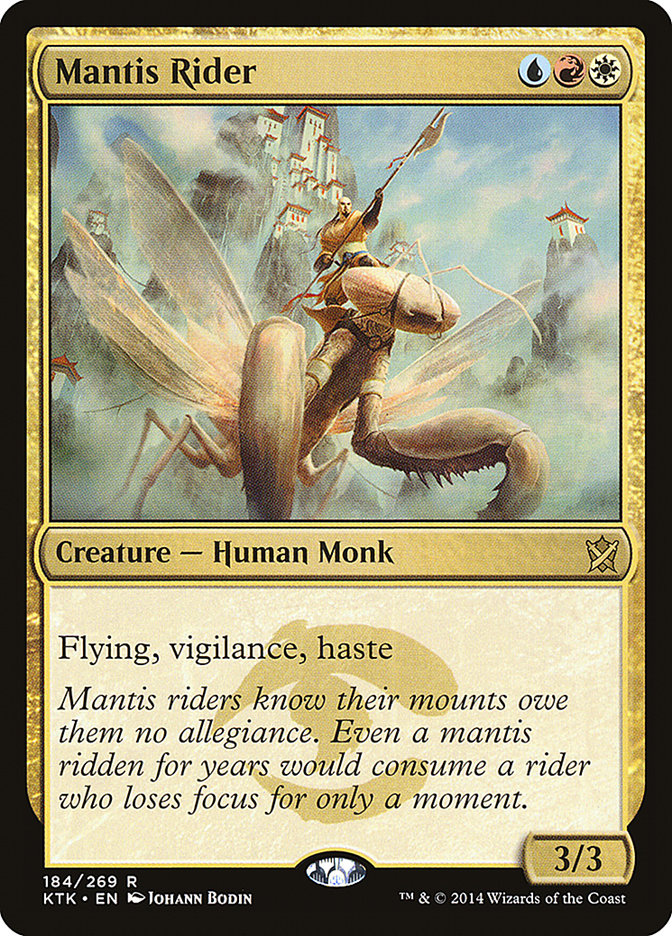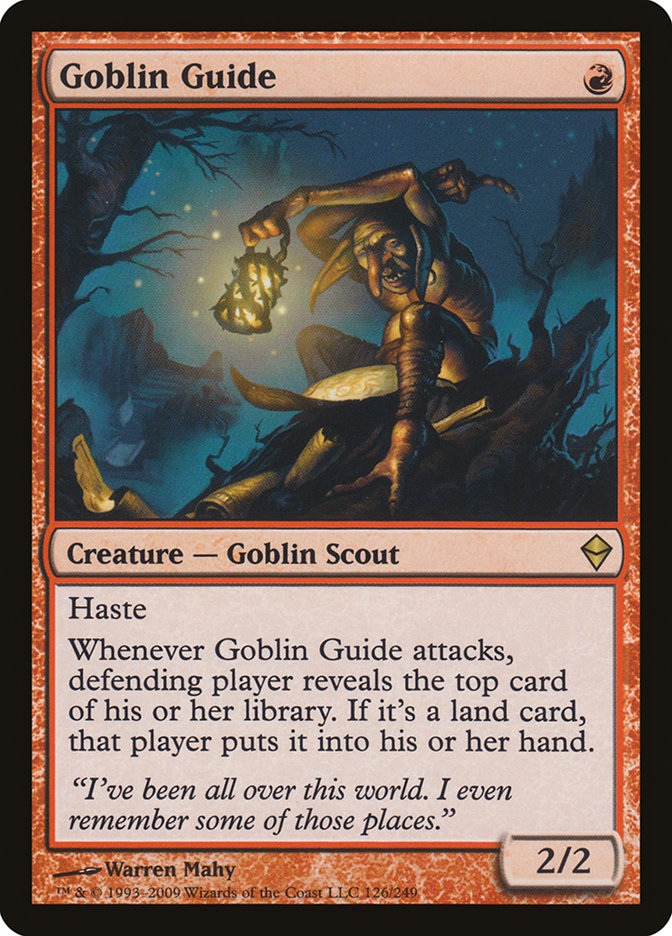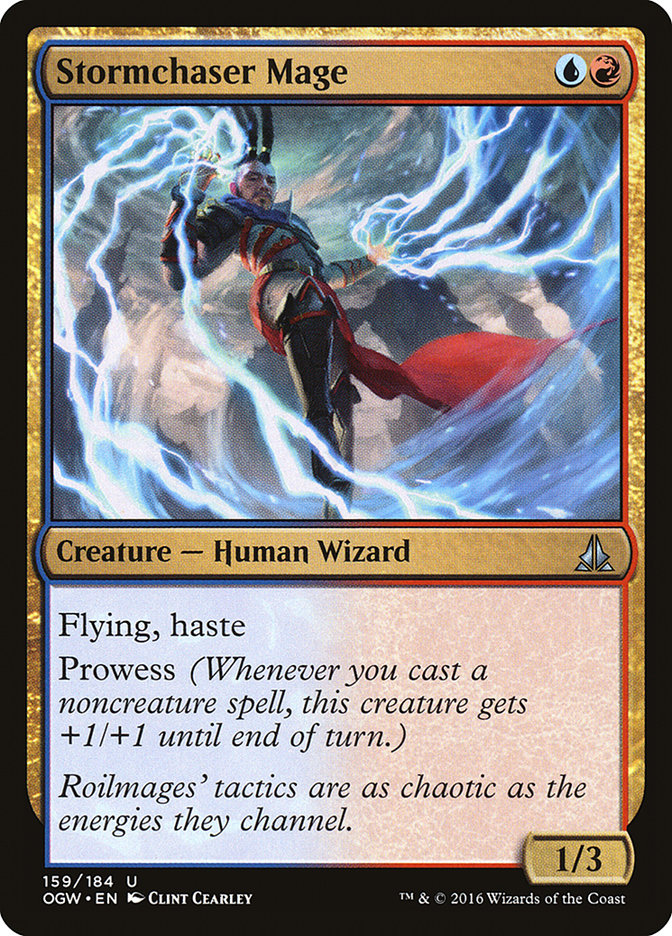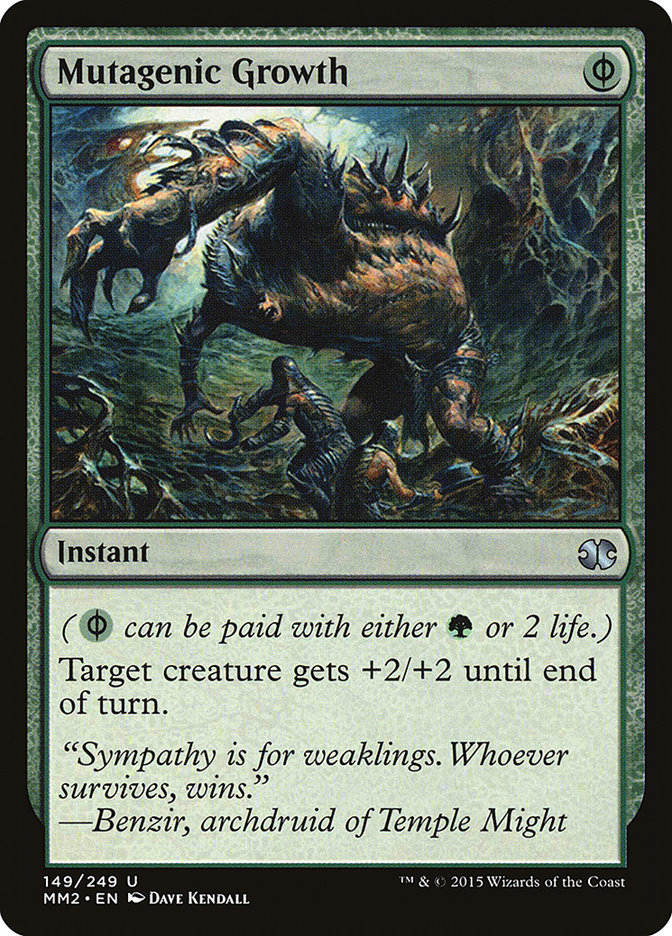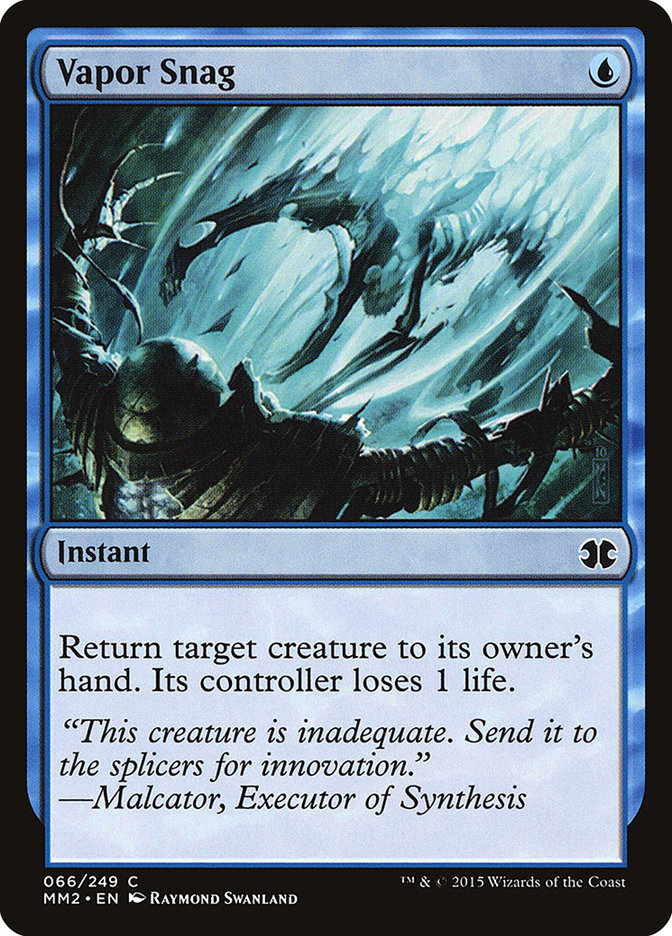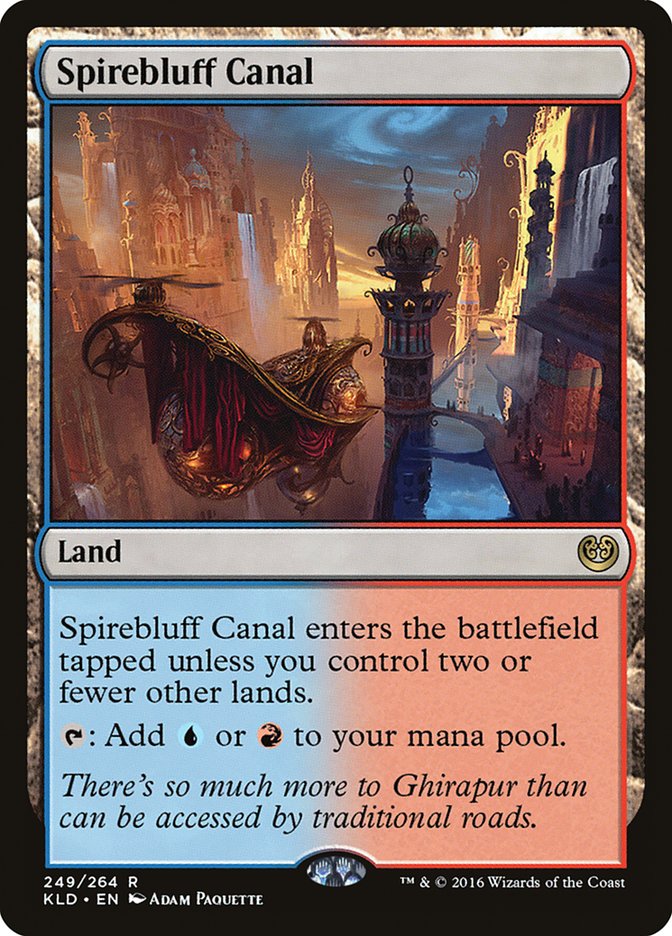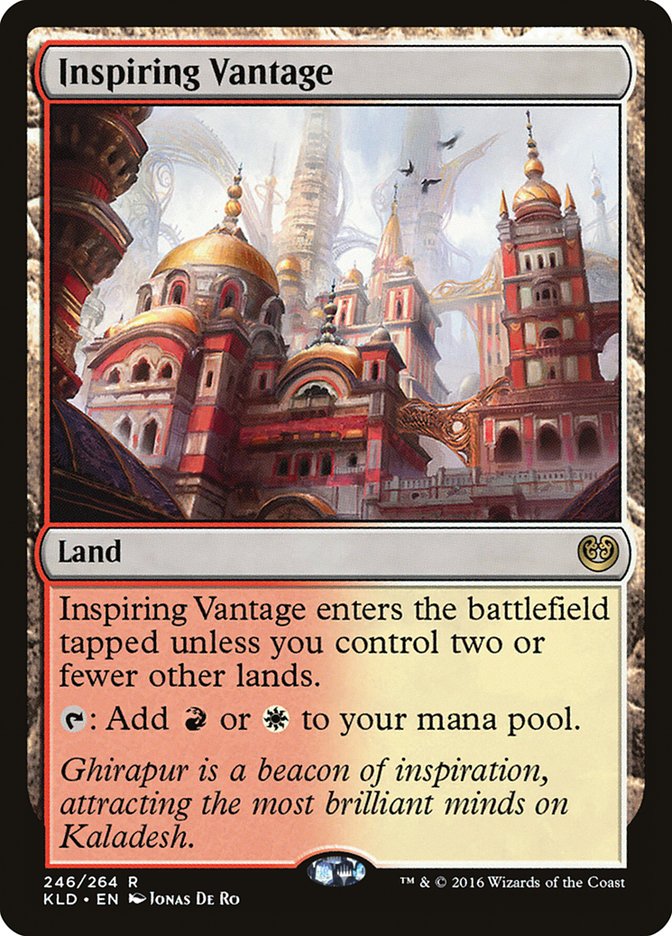“He’s only seventeen.” – Winger. Sort of.
I really need to stop making a habit of this.
In each of the last three SCG Tour stops, I’ve found myself playing on camera in a win-and-in match for Top 8. In each of them, I’ve fallen short and found myself on the outside looking in once the final announcements were made. In even more embarrassing fashion, twice I’ve fallen from Top 8 contention all the way out of the Top 16.
In fact, here are my last four SCG Tour Open finishes:
#SCGINDY – 17th
#SCGMKE – 17th
#SCGBALT – 10th
#SCGCOL – 17th
…yikes.
In Baltimore I took an intentional draw in the second-to-last round with Daryl Ayers when I was down a game in a bad matchup because there was an outside shot I could get paired up and draw again the last round, and this saved me from falling out of the Top 16 after my loss to Joe Lossett playing for Top 8.
But beyond that… bleh.
Consistency is perhaps one of the most under-rewarded things in Magic. In reality, my run in the last four events has been a very good one. I’ve consistently finished in the top 2% of four big events in a row, but don’t really have much to show for it. Yet, if my results looked more like this…
#SCGINDY – 162th
#SCGMKE – 396th
#SCGBALT – 1st
#SCGCOL – 443th
…then it looks like I had a great month!
But despite the results, it’s important to recognize how the events have actually gone. I feel like I’ve been playing pretty well and have mostly been happy with my decks. It can be frustrating to have your results fall just short over and over, but as long as you feel like you’ve been playing well and doing what you need to do, the results will come.
As for the deck Dan Jessup and I played in Columbus last weekend, it was quite the interesting one:
Creatures (20)
Lands (19)
Spells (21)

Yes, Mantis Rider. This deck is fairly similar to the deck that Jeff Hoogland had played at Milwaukee, but Dan and I worked to make it more streamlined and aggressive. We felt the deck really needed another one-drop, and the blistering speed of Modern dictated that we take the most aggressive stance possible. Interactive cards like Remand which are often found in these sorts of tempo decks just didn’t fit our purposes and do not play well with our prowess creatures, which want us to play spells on our turn. Without much interaction, the best plan is just to get them dead as fast as you can.
The big swap from Hoogland’s deck was taking out the Serum Visions for Goblin Guide. This gave us the second one-drop to open on to make sure we were applying maximum pressure at the start of every game. Hands with a one-drop play out much differently from hands that don’t have one, and while Goblin Guide is a big step down from Monastery Swiftspear, it still gets the job done.
With Goblin Guide, Monastery Swiftspear, and Lightning Bolt all rounding out the deck, the big question becomes “Why not just play Burn?” Honestly, this was a question Dan and I asked ourselves at points during the tournament, but there are a few big draws to the deck.
Having powerful and evasive threats makes closing a game out much easier, and these sorts of recurring damage sources are vital to winning games where things don’t go according to plan. It can be tough to win a game if you mulligan to six or five with Burn because you simply don’t have the materials to get enough damage across, but Mantis Rider is more than happy to fly over for a consistent three damage every turn until they are dead.
Mantis Rider may seem like an odd card in a format where Lighting Bolt is supposed to be the most-played card, but the reality is that there are perhaps fewer Lightning Bolts in Modern than there ever have been. Modern is so linear at the moment that at the last Modern Open in Milwaukee there were only twelve copies of Lightning Bolt in the entire Top 16! The reason is that decks like Infect, Dredge, Ad Nauseam, and so on are only focused on seeing their own plan come to fruition. They are not really interested in interacting, and as such don’t need to play the best interactive card in the format.
When decks are skimping on removal, Mantis Rider rules the skies. It is fantastic at racing, can play excellent defense against both Dredge and Infect, and at worst often ends up being a Lava Spike that eats a removal spell the following turn. Because the two best combo decks in the format involve creatures and blocking, Mantis Rider is actually quite effective against both.
Stormchaser Mage is a bit less exciting but fills a similar role as a fast, evasive attacker.
One of the more volatile cards in the deck, Mutagenic Growth often ranges from “mediocre” to “unbelievable game-ending blowout.” Any player playing defense against a Goblin Guide with a Lightning Bolt will often wait until your turn to cast it after it triggers, in which case you effectively counter it with Mutagenic Growth and deal them an extra two damage. Against decks trying to interact with you with cards like Lightning Bolt and Anger of the Gods or trying to block in the early-game, Mutagenic Growth is amazing. The problem is that it is somewhat inefficient against combo decks or decks with hard removal like Terminate or Path to Exile. It also gets much worse once your opponent knows you have it in your deck and can play around it.
Vapor Snag is amazing.
It’s one of the biggest overperformers in my U/R Bedlam Reveler Delver deck from a few months ago, and it’s hard to understate how good Vapor Snag is in a deck like this. It is a phenomenal tempo swing against any deck with creatures, is amazing with Snapcaster Mage, and can be used to save your own creatures in a pinch against removal-heavy decks. It can even beat Worship straight-up!
In the end, the biggest draw to playing blue in your Burn deck is Snapcaster Mage. Like Mantis Rider, Snapcaster Mage gives you some power in the mid-game for when your aggressive draw falters. Snapcaster Mage is also excellent with the Phyrexian mana spells in the deck, as it becomes a two-mana play with Gitaxian Probe or Mutagenic Growth.
One of the key components to making the deck work is the addition of the two Kaladesh fastlands, as being able to play pain-free mana for the first few turns of the game is paramount in a deck that wants to race and has so many Phyrexian mana spells. We went a bit overboard with playing the full eight, and I think seven is correct going forward. There are times where we had to hold off playing a third land when we were down a color, which got awkward. A third Arid Mesa will make the color requirements a bit smoother as well.
Sideboarding
Like most aggressive decks, you don’t really want to oversideboard. We’re only looking to sideboard a handful of cards in each matchup and only have a few cards we’d like to come out.
Dredge
In:
Out:
With a fast clock and evasive attackers, we’ve got a reasonable Dredge matchup. Surgical Extraction is quietly one of the best possible sideboard cards against them, and when it’s paired up with Snapcaster Mage, you can quickly neuter their scariest draws. Your primary targets are Bloodghast and Prized Amalgam.
Infect
In:
Out:
Infect is a great matchup, as you have a boatload of removal backed up by a very fast clock. Tapping out for Mantis Rider is fine against anything but Blighted Agent, and Snapcaster puts in some heavy work as well. Post-sideboard, we are looking for more interaction and don’t need as many threats because they have no removal.
G/W Tron
In:
Out:
We are not well-prepared for Tron, and much to the delight of Tom Ross, nobody else really was either. This is a matchup where we wish we were Burn, as you must kill them as quickly as possible.
Affinity
In:
Out:
With all of our removal, Affinity is another good matchup where we can take the stance of “kill everything and mop up with Mantis Rider and our early creatures.”
Burn
In:
Out:
Burn is a very swingy matchup that depends heavily on the play-draw. We have a lot of Lightning Helixes, which is great, but if they have a fast draw it can be hard to keep up. Mutagenic Growth can be fantastic, but the life cost is very real. We’re more of the control deck, so try to stay alive and win with Snapcaster Mage and Mantis Rider.
Bant Eldrazi
In:
Out:
The Bant Eldrazi matchup is a straight-up race. Your fliers should be able to get through unimpeded mostly, but once Thought-Knot Seer, Reality Smasher, and Drowner of Hope show up, you’ve got a small window left to win. Be aggressive and try to point burn at the face whenever possible. Twisted Image is great here, as it kills Noble Hierarch and Spellskite. Some lists have Chalice of the Void; bring in Smash to Smithereens if they do.
Jund/Mardu/Grixis
In:
Out:
Your sideboard against all of the fair decks like Jund, Mardu, and Grixis is pretty simliar, as you want to bring in Geist of Saint Traft and a few Spell Pierces while shaving down on the conditional cards. While Mutagenic Growth is great against Lightning Bolt, it is also very bad to draw when they have killed all your creatures, and so you really want to cut down the conditional cards as much as possible. How many of each come out depends on the exact matchup and configuration of your opponent’s deck.
There are a million possible matchups in Modern, but that should provide you with a reasonable guideline.
Going Forward
Is this a deck I would recommend going forward? Yes and no.
At times it felt like we were working very hard for not a huge payoff, as Burn would just be a faster and more consistent choice, but at other times Mantis Rider won us games that no card in Burn could have ever hoped to. The deck has more play to it than Burn and interacts better as well. You play a bit longer of a game and can point your Lightning Bolts at your opponent’s creatures and not feel bad about it.
Stormchaser Mage underperformed a bit without the extra cantrips in the deck, so finding a replacement would not be a bad idea. More cantrips just slow the deck down and push you more in a Grixis Delver sort of halfway-aggro, halfway-control direction. It’s unfortunate that Delver of Secrets is so unreliable in Modern, as it would be a great one-drop for the deck if it worked.
As long as Lightning Bolt isn’t that represented and the best combo decks in the format involve creatures that can be blocked and interacted with via combat, the deck is very viable.
It’s also a blast to play!


